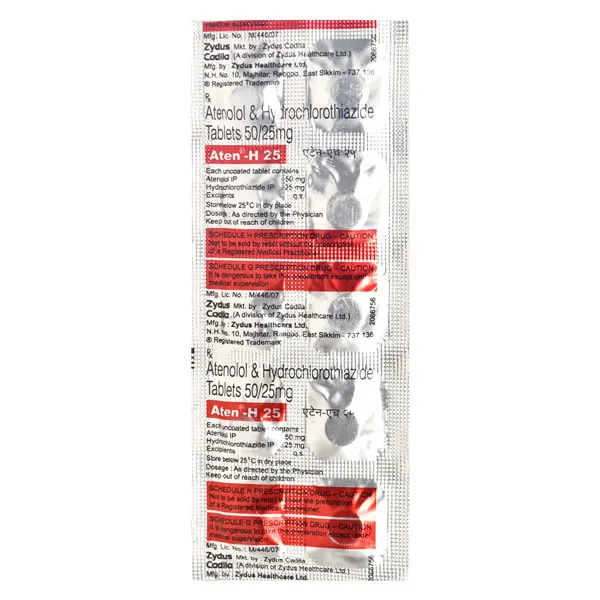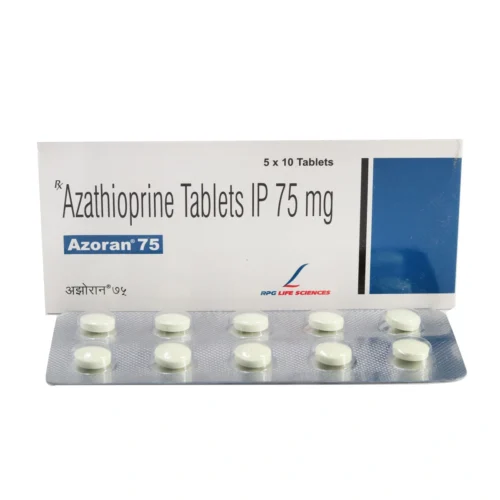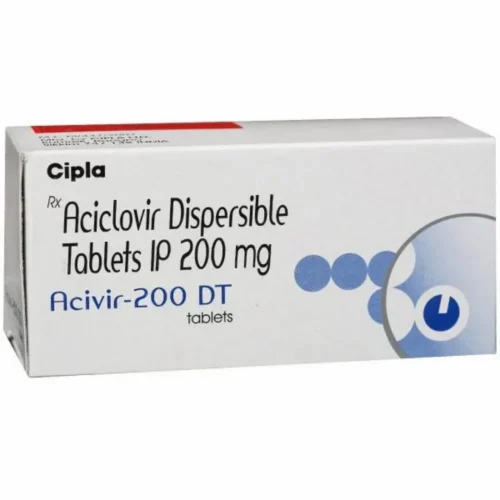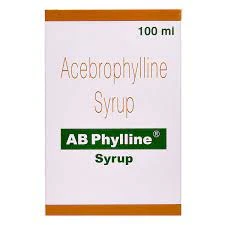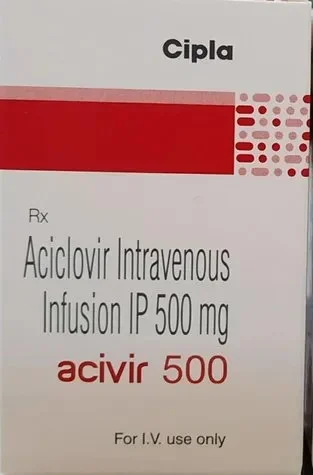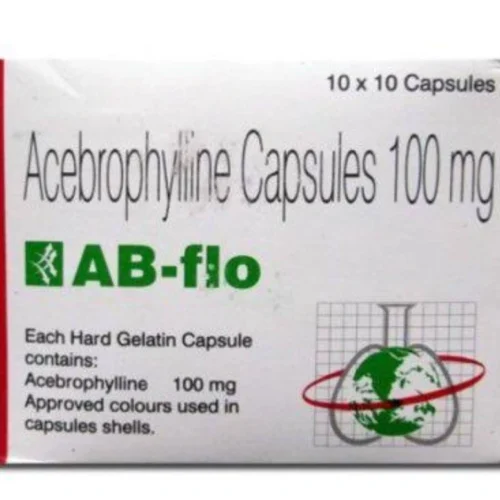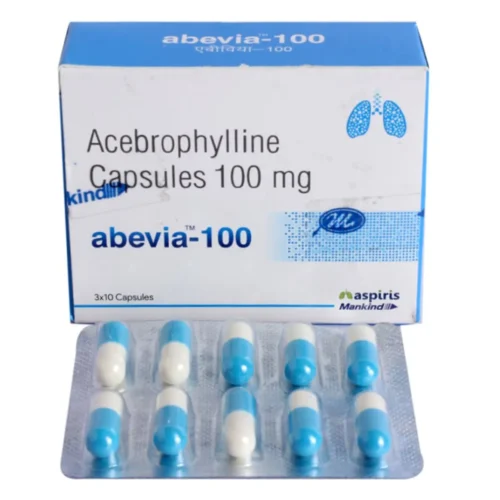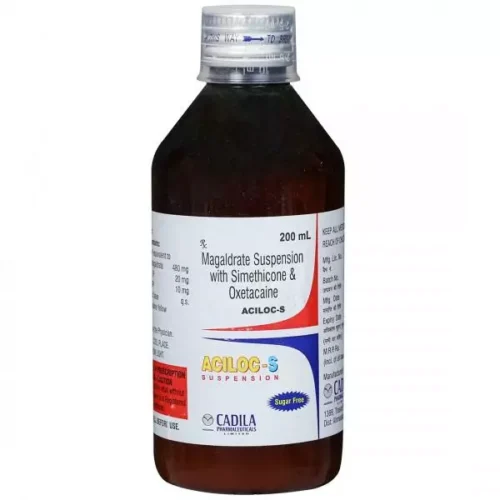Use:
It is a combination of two drugs used to treat high blood pressure (hypertension). It helps to regulate blood pressure when the use of a single drug does not work. It also reduces the risk of future heart attacks and strokes.
Indication:
It should be taken on a semi-empty stomach, preferably in the early morning, to prevent frequent urination during the night. You should continue taking it as long as your doctor tells you to. It is important to remember that even if you feel fine, you should not stop taking this medicine, as high blood pressure usually does not have any symptoms. Stopping this medicine may worsen your condition. Additionally, exercising regularly, losing weight, and eating a nutritious diet will help keep your blood pressure in check. Always follow your doctor’s instructions while taking this medication.
Side Effects:
Common side effects include nausea, headaches, abdominal pain, and tiredness. Talk to your doctor if any of these symptoms bother you, worsen, or don’t go away. You should drink plenty of fluids throughout the course of the treatment to manage muscle fatigue, dry mouth, and excessive thirst. Low blood pressure can cause dizziness or headaches, but this usually improves with time.
Safety Advice:
Tell your doctor if you have liver or kidney problems before taking it.
Ask your doctor if you are pregnant or breastfeeding.
Tell your doctor what other medications you are taking, particularly those used to treat hypertension or heart disease.
Have your blood pressure, kidneys, blood sugar and potassium or magnesium levels checked on a regular basis to make sure this medicine is working as it should.


